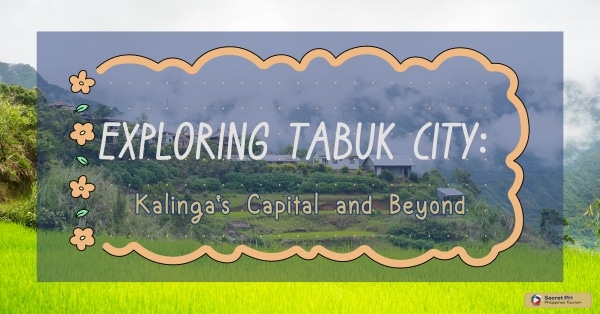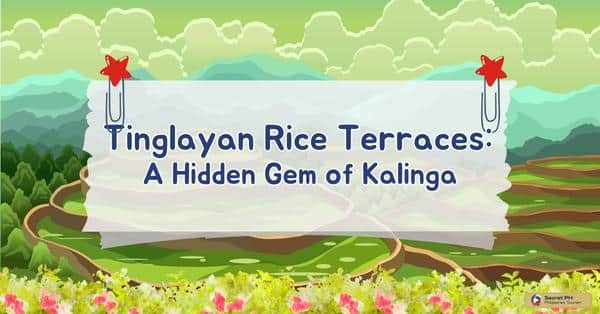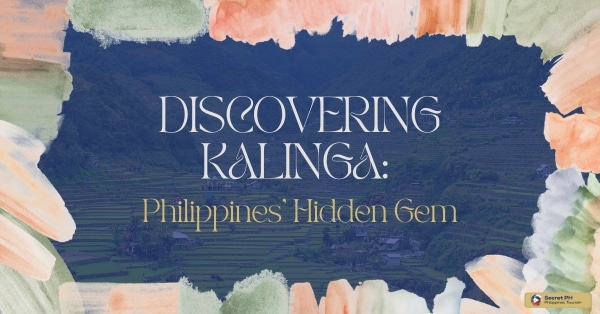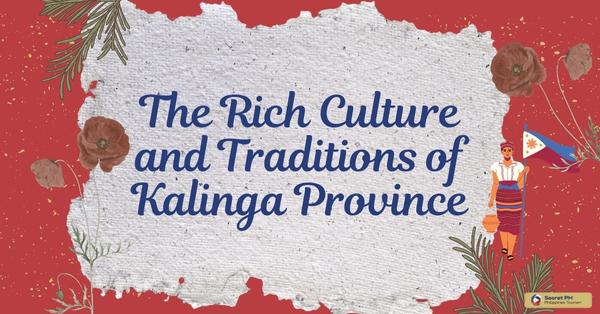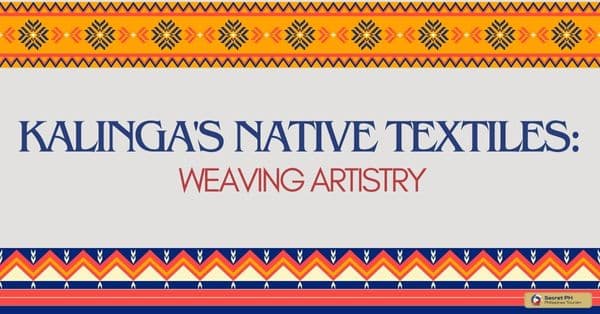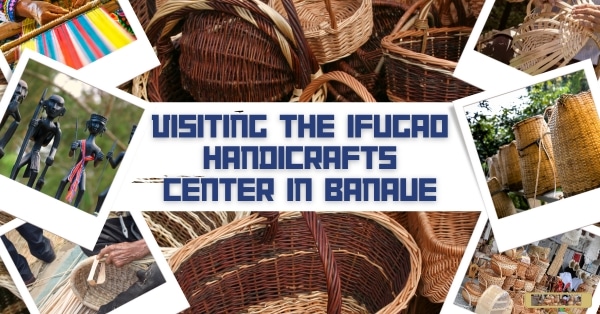The Ifugao people, indigenous to the Philippines, exhibit awe-inspiring craftsmanship. Their renowned Banaue Rice Terraces illustrate their mastery of transforming landscapes into fertile havens. Intricate woodcarvings, vibrant textiles, and ingenious pottery showcase their artistic excellence. This legacy, rooted in nature and culture, highlights the Ifugao’s remarkable ability to fuse artistry with practicality across generations.
In this blog, we will explore the incredible skill and artistry of the Ifugao people who have been creating masterpieces since ancient times. We invite you to come along with us as we admire their impressive works of craftsmanship that continue to inspire admiration and awe around the globe. Let’s take a deeper look into the skilled and artistic culture of these amazing mountain peoples.
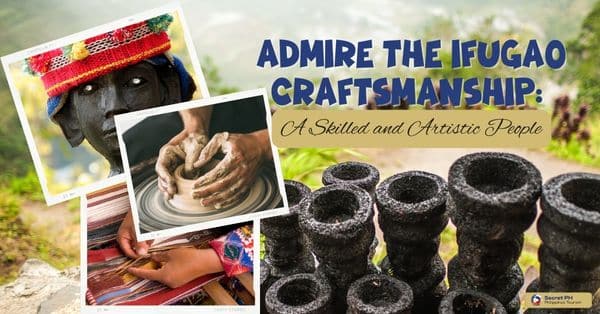
The Ifugao: A People of Skill and Art
The Ifugao are an indigenous people of the Philippines who are known for their skills in agriculture, engineering, and art. They are the builders of the famous rice terraces of Banaue, which are considered a UNESCO World Heritage Site. The Ifugao are also skilled woodcarvers, weavers, and potters.
The Ifugao people have a rich cultural heritage that is reflected in their art. Their woodcarvings often depict animals, plants, and other natural objects. Their weavings are often decorated with intricate patterns. The pottery is often decorated with symbols that represent their beliefs and traditions.
The Ifugao people are skilled and creative artisans who have a deep appreciation for art. Their work is a testament to their ingenuity and their ability to create beauty from the natural world.
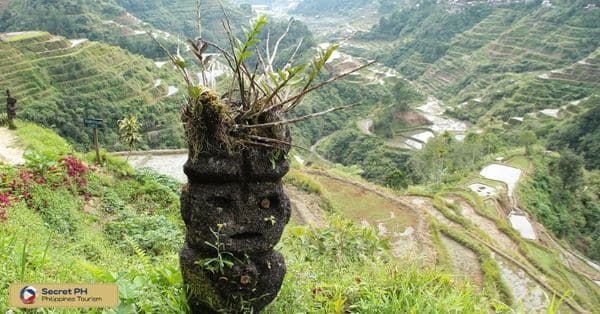
The Rice Terraces: A Masterpiece of Human Engineering
The Rice Terraces of the Philippine Cordilleras are a UNESCO World Heritage Site and one of the most impressive feats of engineering in the world. They are a system of agricultural terraces that have been carved into the mountainsides of Luzon Island over centuries. The terraces are irrigated by a complex system of canals and are used to grow rice, the staple food of the Philippines.
The construction of the Rice Terraces is a testament to the ingenuity and skill of the Ifugao people, who are the indigenous inhabitants of the region. The terraces are made up of millions of cubic meters of earth and stone, and they were built without the use of modern machinery. The Ifugao used simple tools and techniques, such as bamboo scaffolding and wooden levers, to carve the terraces into the mountainsides.
The Rice Terraces are not only a marvel of engineering, but they are also a work of art. The terraces are carefully terraced and are often decorated with intricate designs. The terraces are a symbol of the Ifugao people’s culture and identity, and they are a vital part of their way of life.
Here are some additional details about the Rice Terraces:
- The Rice Terraces are located in the Cordillera Mountains of Luzon Island, Philippines.
- The terraces are estimated to be over 2,000 years old.
- The terraces are made up of over 200,000 individual terraces.
- The terraces are irrigated by a complex system of canals that is over 1,000 kilometers long.
- The terraces are used to grow rice, the staple food of the Philippines.
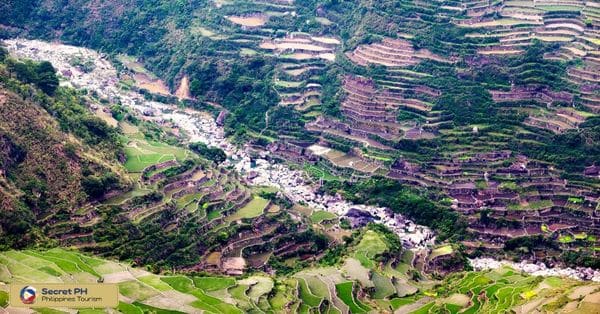
Woodcarving: A Fine and Ancient Art
Among the array of remarkable crafts embraced by the Ifugao people. The art of woodcarving emerges as a testament to their intricate skill and profound cultural heritage.
With roots that span centuries, this ancient practice not only exemplifies their artistic prowess but also serves as a medium for preserving their narratives, traditions, and beliefs. The captivating woodcarvings of the Ifugao stand as a remarkable embodiment of their rich culture and their mastery of transforming wood into captivating stories.
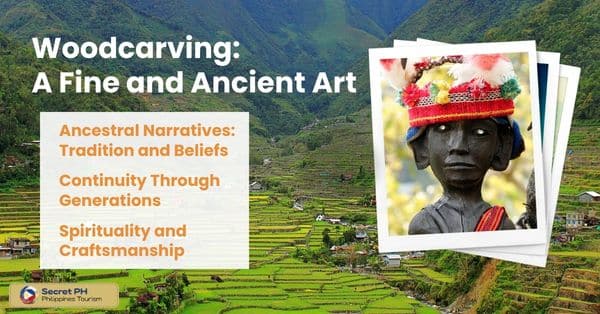
Ancestral Narratives: Tradition and Beliefs
Woodcarving within Ifugao culture serves as a vibrant canvas on which tales of ancestral lineage, myths, and spiritual beliefs are portrayed. Traditional motifs and symbols, meticulously chiseled onto objects like the hagabi (carved wooden bench) and the bulul (rice deity sculptures), offer a window into the realm of their history and cosmology. These intricate carvings serve not merely as static designs, but as vessels that convey a dynamic connection to their past, echoing their stories for generations to come.
Continuity Through Generations
The art of woodcarving is a cherished legacy passed down from one generation to another, often through the mentorship of skilled masters. This exchange of knowledge ensures that the craftsmanship, techniques, and cultural significance remain alive through the years.
As times evolve, modern woodcarvers find innovative ways to preserve the essence of this tradition while infusing contemporary interpretations. In doing so, they bridge the gap between ancestral wisdom and the fresh expressions of today’s world.
Spirituality and Craftsmanship
Woodcarvings play a pivotal role in the spiritual realm of the Ifugao people. Objects such as the bulul, imbued with symbolic meanings and purpose, carry the weight of their spirituality.
The intricate carvings on these objects establish a connection between the physical and spiritual dimensions, acting as conduits for reverence, protection, and communication with their deities. The intertwining of artistry and spirituality in their carvings underscores the holistic nature of Ifugao craftsmanship.
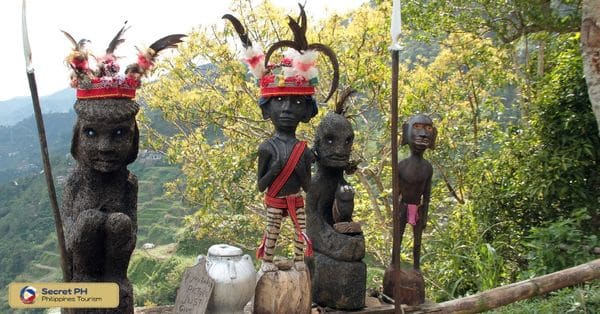
Weaving: A Tradition of Beauty and Function
Woodcarving is among the diverse array of talents possessed by the Ifugao people. The art of weaving stands as a vibrant testament to their cultural heritage.
This age-old craft not only showcases their remarkable skills but also embodies their intricate relationship with nature and their commitment to functional beauty. From practical textiles to intricate patterns, Ifugao weaving is a living tradition that intertwines aesthetics and purpose in a mesmerizing tapestry of creativity.
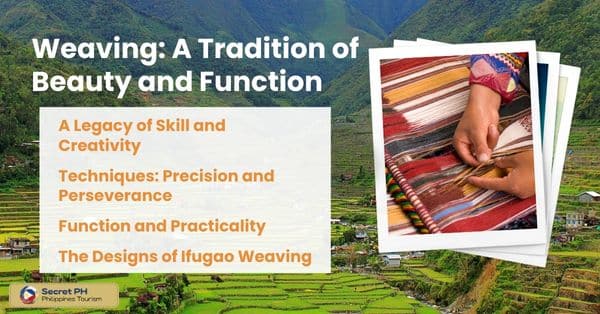
A Legacy of Skill and Creativity
The Ifugao people have a long-standing tradition of weaving, dating back centuries. This art form holds great significance in their culture, representing not only their creativity but also their connection to nature and their ancestors. Through their intricate weavings, the Ifugao express their stories, traditions, and beliefs, making each piece a true work of art.
Techniques: Precision and Perseverance
Ifugao weaving is a labor-intensive process that requires precision and perseverance. The weavers begin by carefully selecting natural fibers such as abaca and cotton, ensuring the highest quality materials for their creations.
They then skillfully dye the threads using natural pigments derived from plants and minerals, resulting in a vibrant range of colors. The actual weaving process involves complex patterns and intricate designs, with each thread meticulously aligned to create a cohesive and visually stunning textile.
Function and Practicality
While Ifugao weavings are undeniably beautiful, they serve a practical purpose as well. These textiles are used for various purposes within the community, including clothing, blankets, bags, and even ceremonial attire.
The durability and quality of Ifugao weavings make them not only aesthetically pleasing but also functional and long-lasting. They are woven with great care and attention to detail to ensure that they can withstand the test of time.
The Designs of Ifugao Weaving
The designs of Ifugao weaving are often inspired by nature. The Ifugao weavers often weave patterns of plants, animals, and other natural objects. They also weave symbols that represent the Ifugao people’s beliefs and traditions.
The weavers use a variety of tools, including a backstrap loom, a spindle, and a set of needles. They also use a variety of techniques, such as plain weave, twill weave, and tapestry weave. The Ifugao weavers are very skilled in their craft, and they can create intricate and detailed textiles.
They a variety of materials, including cotton, hemp, and abaca. They choose the material carefully, depending on the desired results. For example, cotton is a soft and comfortable material that is often used for clothing. Hemp is a strong and durable material that is often used for bags and baskets. Abaca is a strong and water-resistant material that is often used for mats and rugs.
Here are some of the common designs used in Ifugao weaving:
Araw: This design represents the sun.
Buwan: This design represents the moon.
Bituon: This design represents the stars.
Ulap: This design represents the clouds.
Katunggan: This design represents rice terraces.
Tongtong: This design represents the human figure.
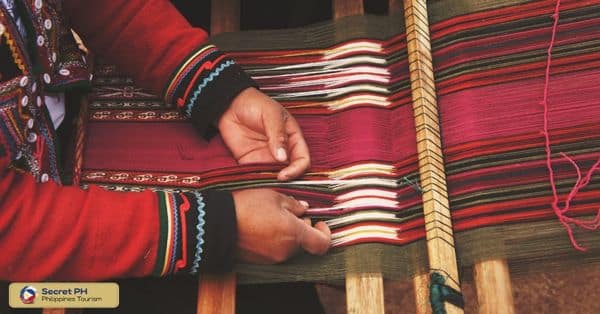
Pottery: A Craft of Skill and Ingenuity
Pottery is a timeless art form that has been practiced by civilizations throughout history. This craft, steeped in history and infused with cultural significance, serves as a testament to the Ifugao’s resourcefulness and artistic prowess. Through the transformation of clay into utilitarian vessels and ornamental objects, Ifugao pottery stands as a remarkable representation of their ingenuity and enduring connection to the earth.
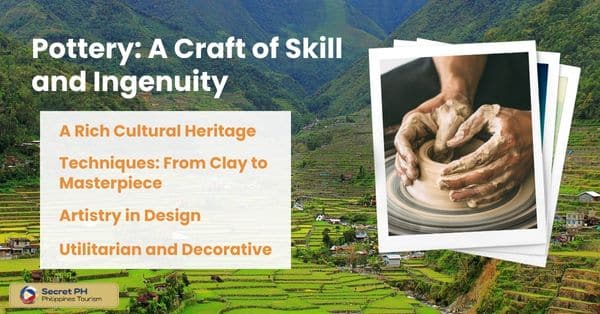
A Rich Cultural Heritage
The Ifugao people have a deep cultural connection to pottery-making, which has been passed down through generations. This art form holds immense significance within their community.
Serving as a means of expressing their creativity and preserving their cultural heritage. Through their pottery, the Ifugao people bring stories, traditions, and beliefs to life, creating objects that are not only functional but also visually stunning.
Techniques: From Clay to Masterpiece
Ifugao pottery begins with the careful selection and preparation of clay. The Ifugao craftsmen gather clay from specific locations, where the texture and composition are ideal for pottery-making. The clay is then cleaned, kneaded, and shaped into various forms, such as pots, bowls, and jars. The shaping process requires skill and precision, as the craftsmen use their hands and simple tools to mold the clay into the desired shape.
Once the pottery is formed, it undergoes a meticulous drying process before being fired in a kiln. The firing process transforms the clay into a durable and long-lasting material. The Ifugao potters have honed their techniques over generations, ensuring that each piece is expertly crafted and exhibits their unique artistic style.
Artistry in Design
Ifugao pottery is known for its intricate designs and motifs, which reflect the tribe’s connection to nature and its surroundings. From delicate patterns inspired by plants and animals to geometric symbols representing cultural significance.
Each design tells a story and carries a deeper meaning. The Ifugao craftsmen often employ traditional techniques, such as incising or stamping. To create these intricate designs, showcasing their artistic talent and attention to detail.
Here are some of the common designs used in Ifugao pottery:
Rice grain: This design represents the importance of rice in the Ifugao culture.
Sun: This design represents the sun god, who is important in Ifugao mythology.
Moon: This design represents the moon goddess, who is also important in Ifugao mythology.
Stars: This design represents the stars, which are believed to be the ancestors of the Ifugao people.
Clouds: This design represents the clouds, which are believed to bring rain.
Utilitarian and Decorative
Ifugao pottery serves both utilitarian and decorative purposes. The sturdy and functional nature of these ceramics makes them ideal for everyday use, as they can withstand the rigors of cooking and storing food. At the same time, the beautifully crafted designs make Ifugao pottery highly sought after as decorative pieces, adding a touch of cultural elegance to any space.
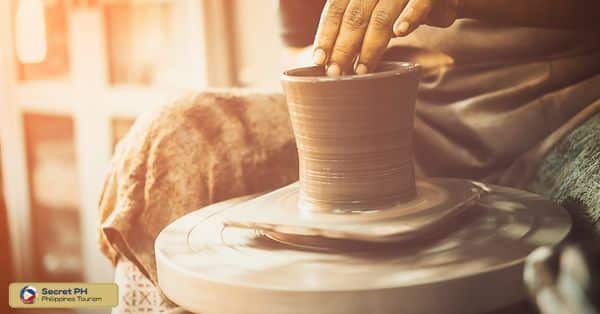
In conclusion
The Ifugao people of the Philippines are a testament to the beauty and resilience of traditional craftsmanship. From intricately carved wood to vibrant weavings, to timeless pottery, these art forms stand as a vivid reminder of their remarkable skill and enduring cultural heritage.
Through these crafts, the Ifugao have preserved their stories, traditions, and beliefs for generations, ensuring that their legacy will remain alive for many years to come. By admiring their craftsmanship, we can appreciate the beauty and ingenuity of proud people who have been creating beautiful works of art for centuries.


